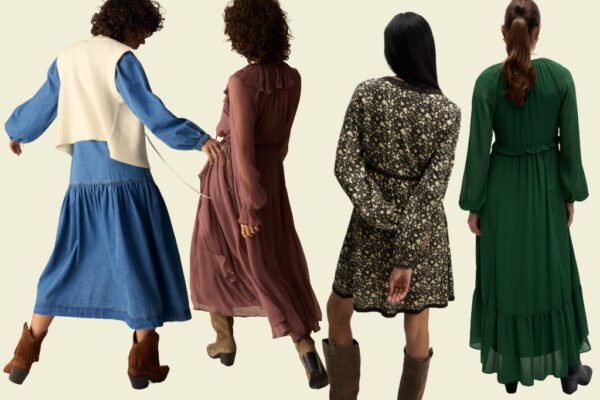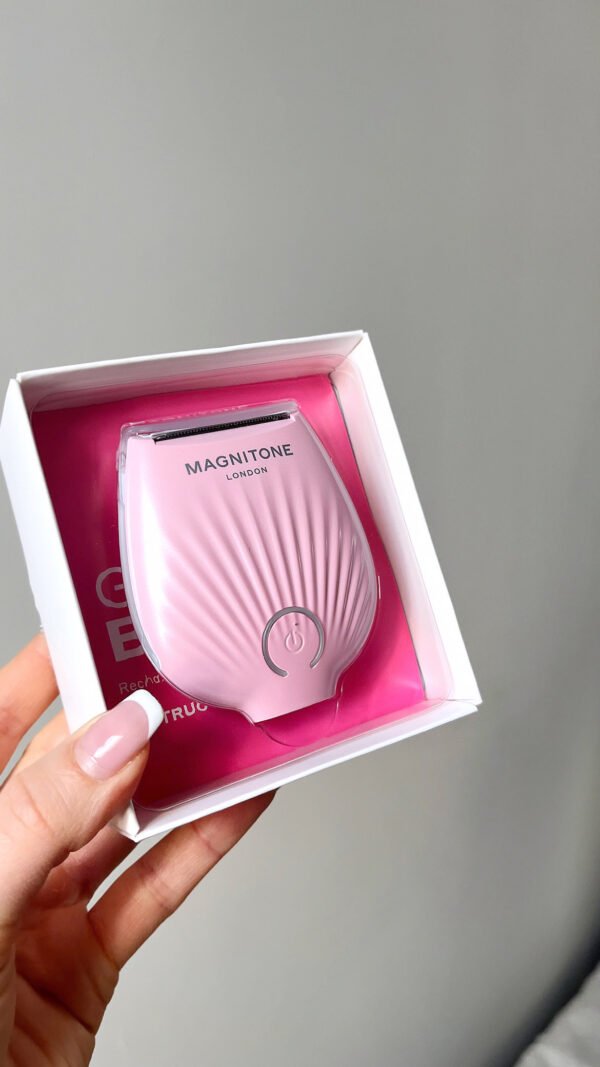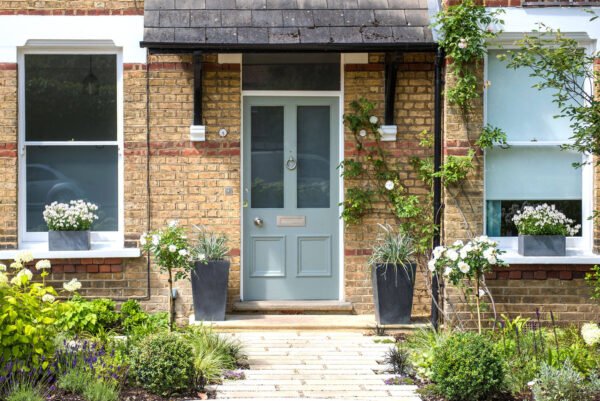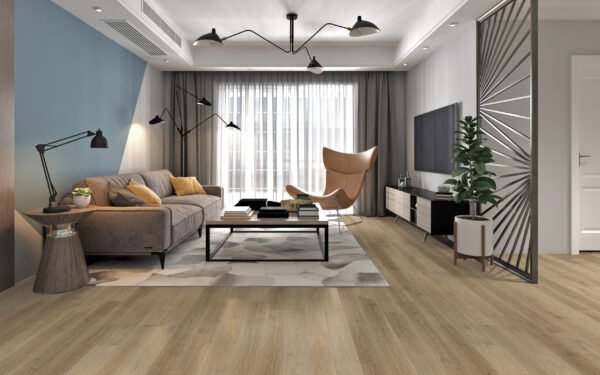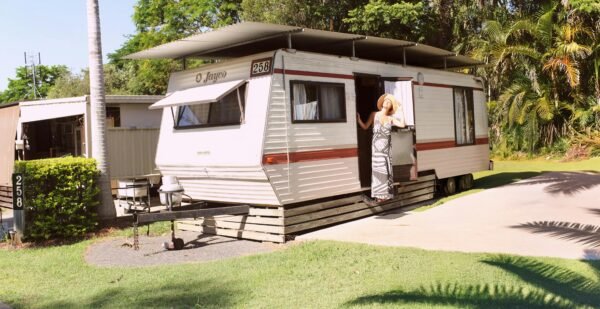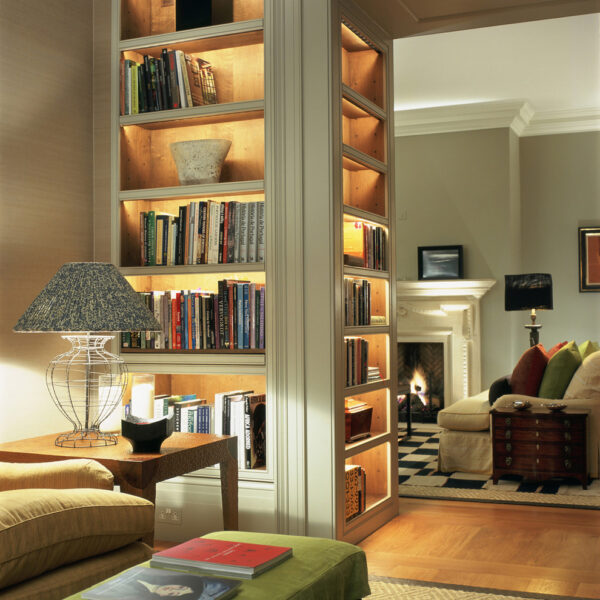
Six Simple Ways to Keep Your Home Bright and Cut Energy Costs this Winter

As the temperatures get lower, many people will begin to notice the impact of the energy price cap increase that took effect at the start of this month.
With another three percent hike expected in January and the days getting darker, it’s crucial for households to start adopting energy-saving habits now to prevent their bills from soaring over the cold and dark winter months ahead.
With this in mind, here are my top six tips on how to keep your home warmly lit home and while still keeping costs manageable.
Switch all lights to LED
This is the easiest and most effective way to save on your bills because LED light bulbs use up to 90 percent less energy and last up to 24 times longer.
If you’re looking to reduce energy costs without losing brightness, a 40W incandescent bulb can be replaced with a 6W LED, while a 60W incandescent bulb can be replaced with a 9W LED. Even larger bulbs can be swapped easily—such as trading a 100W incandescent for a 15W LED or a 150W for a 22W version.
Consider smart light solutions
All smart lights are LED bulbs, so if you’re planning to make the switch to LED anyway, it’s worth considering smart bulbs. With remote control features, they allow you to manage your lighting whenever you need it, without leaving lights on when you’re out of the house.
Smart bulbs can be set on timers to maximise efficiency and reduce energy wastage. They can be programmed to gradually brighten in the morning for a gentle wake-up or dim in the evening to support your circadian rhythm and promote better sleep.
Dim your lights
Dimming your lights helps save energy because lower brightness requires less wattage and, therefore, less electricity. Consistently dimming your lights can lead to noticeable energy savings while also extending the lifespan of the light bulbs.
Smart lights are particularly advantageous in this regard, as they don’t require the costly installation of a physical dimmer switch. Instead, they can be easily controlled through an app, allowing you to dim or switch off lights remotely.
Replace antiquated light fixtures
Antique light fixtures may look beautiful, but they often aren’t the best option for energy conservation. Modern fixtures are much better at reducing electricity usage as they are designed to work with energy-efficient bulbs and distribute light more effectively, often requiring lower wattages. This can reduce the need for multiple lights to be in use at the same time.
Many modern fixtures also come with additional smart features, such as battery power, motion sensors, built-in dimmers, and timers, giving you greater control over how much light is used. It’s important to consider replacing outdated fixtures to minimise electricity consumption and prevent energy wastage.
Have a sunshine strategy
Keeping the curtains closed in winter can help keep the cold out and the warmth in, but if you need to have all your lights always on to compensate, finding a balance is key. On sunny winter days, make sure to open the curtains to make the most of the natural light and warmth from the sun.
However, be sure to close them once the sun sets or on grey, wet days to retain heat and prevent cold draughts. During this time, opt for a single main light source to illuminate the room, and if you have smart bulbs, consider dimming the light slightly to reduce glare and energy usage.
Maintain efficient outdoor lighting
Consider installing low-glare, energy-efficient outdoor fixtures that are nature-friendly to reduce unnecessary light pollution and minimise disruption to wildlife while ensuring safety around your property. It is key to install timers and motion sensors, ensuring lights are only on when needed.
For even greater savings, consider solar-powered lights and combine smart lighting choices and energy-efficient solutions to maintain well-lit outdoor spaces without inflating your energy costs.
By Matthew Currington, Technical Director, The Lighting Superstore






